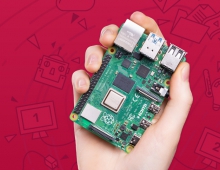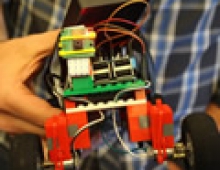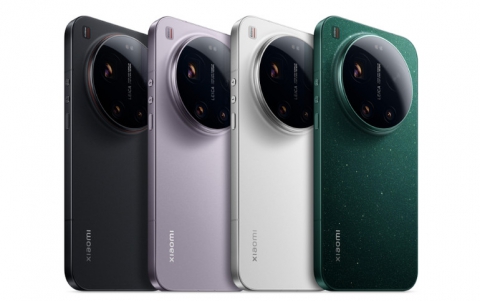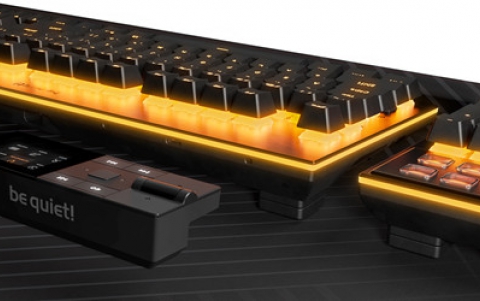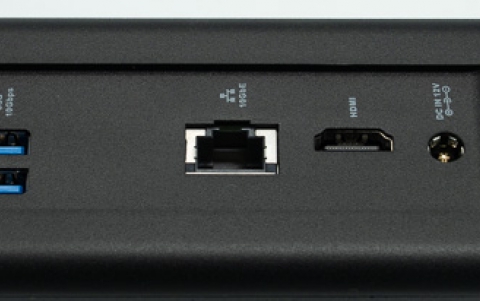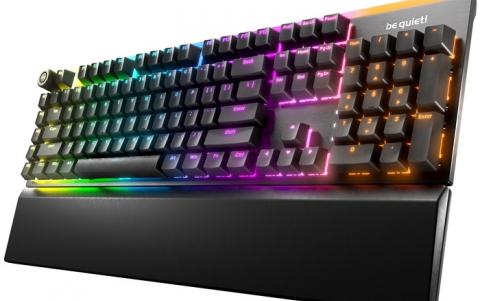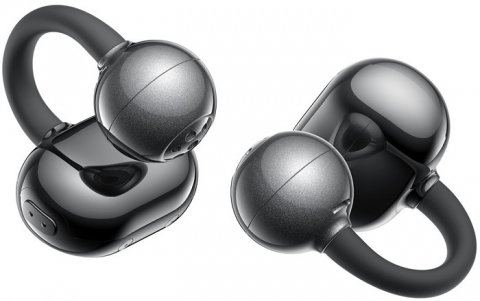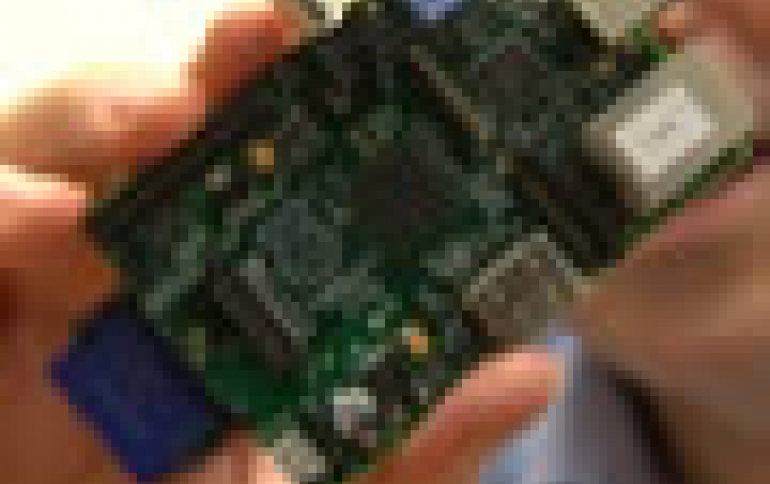
New Raspberry Pi Model Offers More Ports And Power
Two years after launch of the original Raspberry Pi Linux computer, a new Model B+, has just been released.
The device went on sale today with the same $35 price tag as the Model B, but with a few additional tweaks and improvements designed to address the most frequent requests from Raspberry Pi tinkerers. The new additions should make Pi a more convenient platform to build upon as competition for developers of low-powered devices grows.

This isn?t a "Raspberry Pi 2", but rather the final evolution of the original Raspberry Pi.
Availabile at $35 the Model B+ uses the same BCM2835 application processor as the Model B. It runs the same software, and still has 512MB RAM; but also offers the following key improvements:
- The GPIO header has grown to 40 pins, while retaining the same pinout for the first 26 pins as the Model B.
- Four USB 2.0 ports are now available, compared to 2 on the Model B.
- The old friction-fit SD card socket has been replaced with a push-push micro SD version.
- By replacing linear regulators with switching ones, power consumption was reduced by between 0.5W and 1W.
- The audio circuit incorporates a dedicated low-noise power supply.
- The USB connectors are aligned with the board edge, moved composite video onto the 3.5mm jack, and four squarely-placed mounting holes have been added.
The B+ is available from the regular Raspberry Pi stockists.

This isn?t a "Raspberry Pi 2", but rather the final evolution of the original Raspberry Pi.
Availabile at $35 the Model B+ uses the same BCM2835 application processor as the Model B. It runs the same software, and still has 512MB RAM; but also offers the following key improvements:
- The GPIO header has grown to 40 pins, while retaining the same pinout for the first 26 pins as the Model B.
- Four USB 2.0 ports are now available, compared to 2 on the Model B.
- The old friction-fit SD card socket has been replaced with a push-push micro SD version.
- By replacing linear regulators with switching ones, power consumption was reduced by between 0.5W and 1W.
- The audio circuit incorporates a dedicated low-noise power supply.
- The USB connectors are aligned with the board edge, moved composite video onto the 3.5mm jack, and four squarely-placed mounting holes have been added.
The B+ is available from the regular Raspberry Pi stockists.

